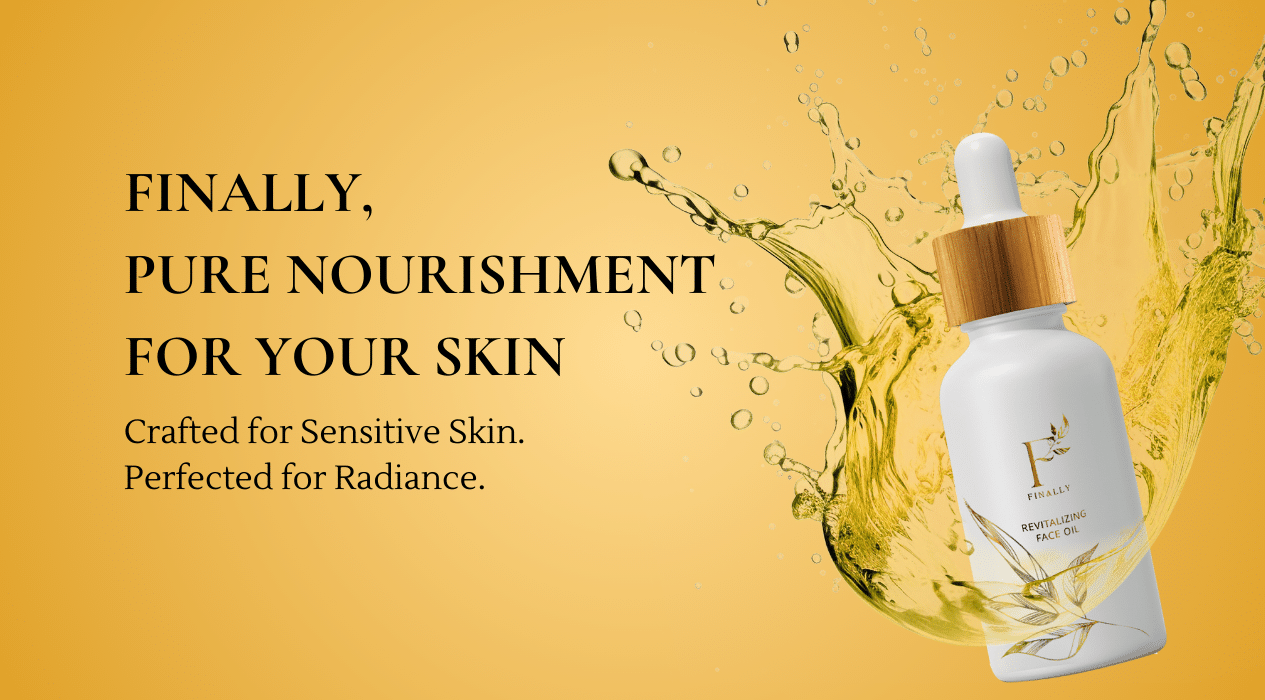Vitamin E is a vital nutrient, celebrated for its antioxidant properties and its role in maintaining skin health, supporting immune function, and protecting against oxidative stress. However, not all vitamin E is created equal. Understanding the difference between natural vitamin E and its synthetic counterpart is crucial for making informed skin care product choices.
Natural vs. Synthetic Vitamin E: What’s the Difference?
Natural vitamin E refers to eight fat-soluble compounds, including four tocopherols (alpha, beta, gamma, delta) and four tocotrienols. The most biologically active form is alpha-tocopherol, which is predominantly found in foods like nuts, seeds, and vegetable oils. Natural vitamin E is usually labeled as “d-alpha-tocopherol” or “d-alpha-tocopheryl.”
On the other hand, synthetic Vitamin E is produced industrially and labeled as “dl-alpha-tocopherol” or “dl-alpha-tocopheryl.” The synthetic form is a mixture of eight stereoisomers, only one of which is identical to the natural form. This structural difference affects the bioavailability and efficacy of the vitamin. Natural vitamin E is more potent, with studies indicating it is better retained in the body, and on the skin, and has higher biological activity than its synthetic counterpart.
The Risks of Synthetic Vitamin E
The synthetic form of vitamin E is often cheaper and more commonly used in dietary supplements and commercial skincare products. However, the potential risks associated with synthetic vitamin E should not be overlooked. Some studies have suggested that high doses of synthetic vitamin E may not provide the same health benefits as natural vitamin E and might even have adverse effects.
For example, certain studies have linked a high intake of synthetic Vitamin E with an increased risk of prostate cancer and hemorrhagic stroke. The concern is that the synthetic form might disrupt the balance of tocopherols and tocotrienols in the body, potentially leading to negative health outcomes.
When applied topically, synthetic Vitamin E may cause skin irritation, allergic reactions, or contact dermatitis in sensitive individuals. It can also clog pores, potentially leading to breakouts in acne-prone skin. Additionally, some studies suggest synthetic vitamin E is less effective than natural forms, which might limit its antioxidant benefits.
How Is Synthetic Vitamin E Made?
The production process of synthetic vitamin E involves the chemical synthesis of tocopherols from petrochemical derivatives. The process typically includes several steps, starting with the conversion of trimethylhydroquinone into a reaction with isophytol, leading to the formation of a mixture of alpha-tocopherol stereoisomers. Chemicals such as sulfuric acid, methanol, and acetone are often involved in these processes, raising concerns about the purity and environmental impact of synthetic vitamin E production.
Rice Bran: A Natural Source of Vitamin E
Rice Bran oil is a rich source of natural vitamin E, specifically in the form of tocotrienols and tocopherols. One of the significant and unique advantages of rice bran is its high content of gamma-oryzanol, a compound with potent antioxidant properties that complement the effects of vitamin E.
Rice bran oil is particularly notable for its vitamin E content. A tablespoon of rice bran oil contains approximately 29 mg of tocopherols and tocotrienols, making it one of the most potent natural sources of vitamin E. Regular topical use of rice bran oil can contribute to improved skin health, reduced oxidative stress, and texture.
Benefits of Rice Bran and Rice Bran Oil
Rice bran offers numerous benefits to the skin, such as:
Rich in Antioxidants
Rice bran is packed with antioxidants like vitamins B and E, which help protect the skin from free radicals. These antioxidants slow down aging and keep your skin looking youthful and vibrant.
Boosts Collagen Production
The natural fatty acids in rice bran promote collagen production, helping to reduce fine lines and wrinkles, making skin firmer and more elastic over time.
Anti-Inflammatory Properties
Rice bran’s soothing qualities are ideal for sensitive skin. Its anti-inflammatory properties help reduce redness and irritation, making it suitable for all skin types.
Shields from Environmental Damage
Ferulic acid, a key component of rice bran, protects against environmental pollutants and harmful UV rays, helping to maintain a healthy, radiant complexion.
The Risks of Synthetic Versions
Given all of this, here are the risks of synthetic Vitamin E:
Harsh Chemicals
Synthetic versions often contain harmful chemicals that strip the skin’s natural oils, leading to dryness and irritation.
Weakens Skin Barrier
Over time, synthetic ingredients can damage the skin’s protective barrier. This will make it more susceptible to environmental harm and reducing its ability to regenerate.
Increased Sensitivity
Continuous use of synthetic alternatives can cause sensitivity issues, leading to breakouts, redness, and other skin reactions.
Finally All Natural Uses Organic and Pure Ingredients
Finally All Natural is committed to providing only the best for our customers. That is why we exclusively use high-quality, organic, and unrefined rice bran oil in our products. These ingredients are sourced from carefully selected organic farms. They are also extracted through a delicate, minimal processing method to preserve their natural integrity. Rice bran oil is known for its nourishing and skin-soothing properties as it is rich in essential vitamins, antioxidants, and fatty acids,
We at Finally All Natural ensure that our skincare products deliver the maximum benefits, helping to promote healthy, glowing skin with every application.
Conclusion: Choosing the Right Vitamin E
When it comes to vitamin E, opting for natural sources like rice bran can offer numerous health benefits without the risks associated with synthetic forms. Natural vitamin E effectively supports your overall health and is better retained on your skin. This is due to its superior bioavailability and efficacy. Rice bran, in particular, is a potent source of natural vitamin E, providing not only tocopherols and tocotrienols but also a wealth of other beneficial compounds like gamma-oryzanol.
Given the potential risks associated with synthetic vitamin E, it’s essential to be mindful of the sources of vitamin E in your skincare products and diet. Prioritizing natural sources like rice bran can help ensure you get the full spectrum of health benefits this essential nutrient offers.




